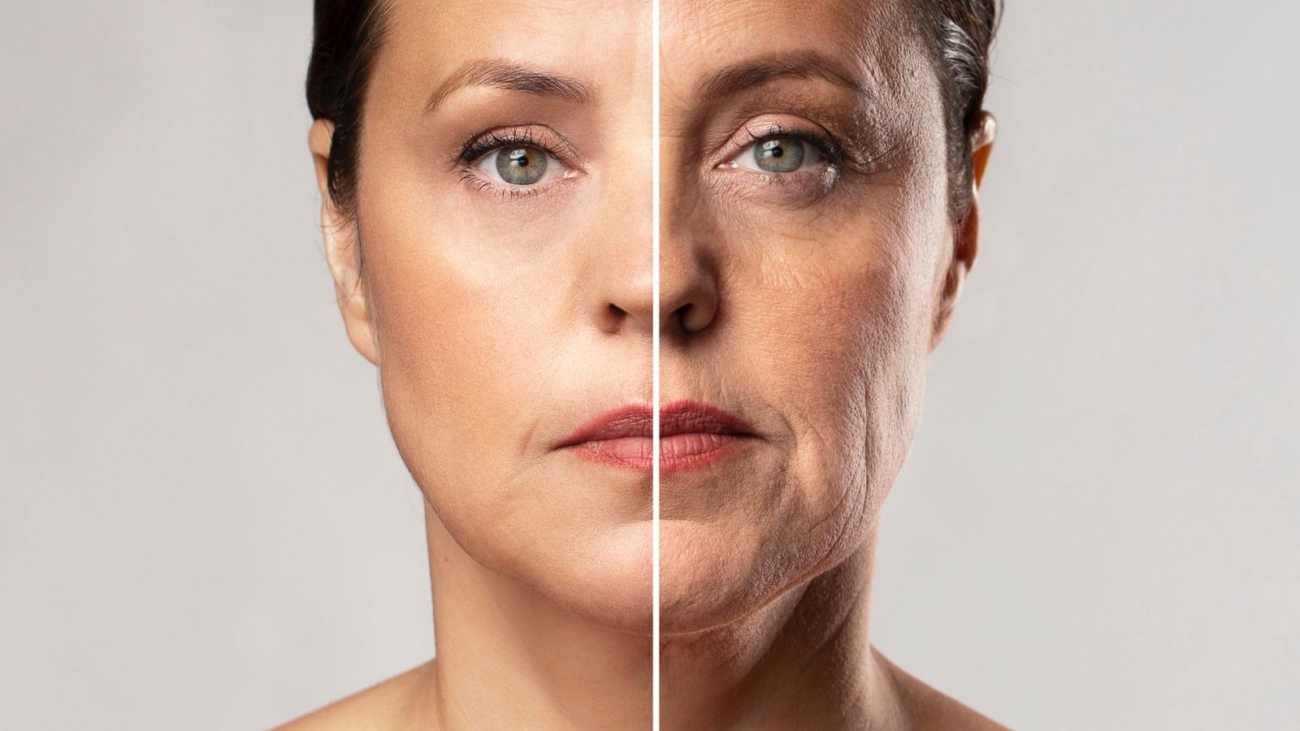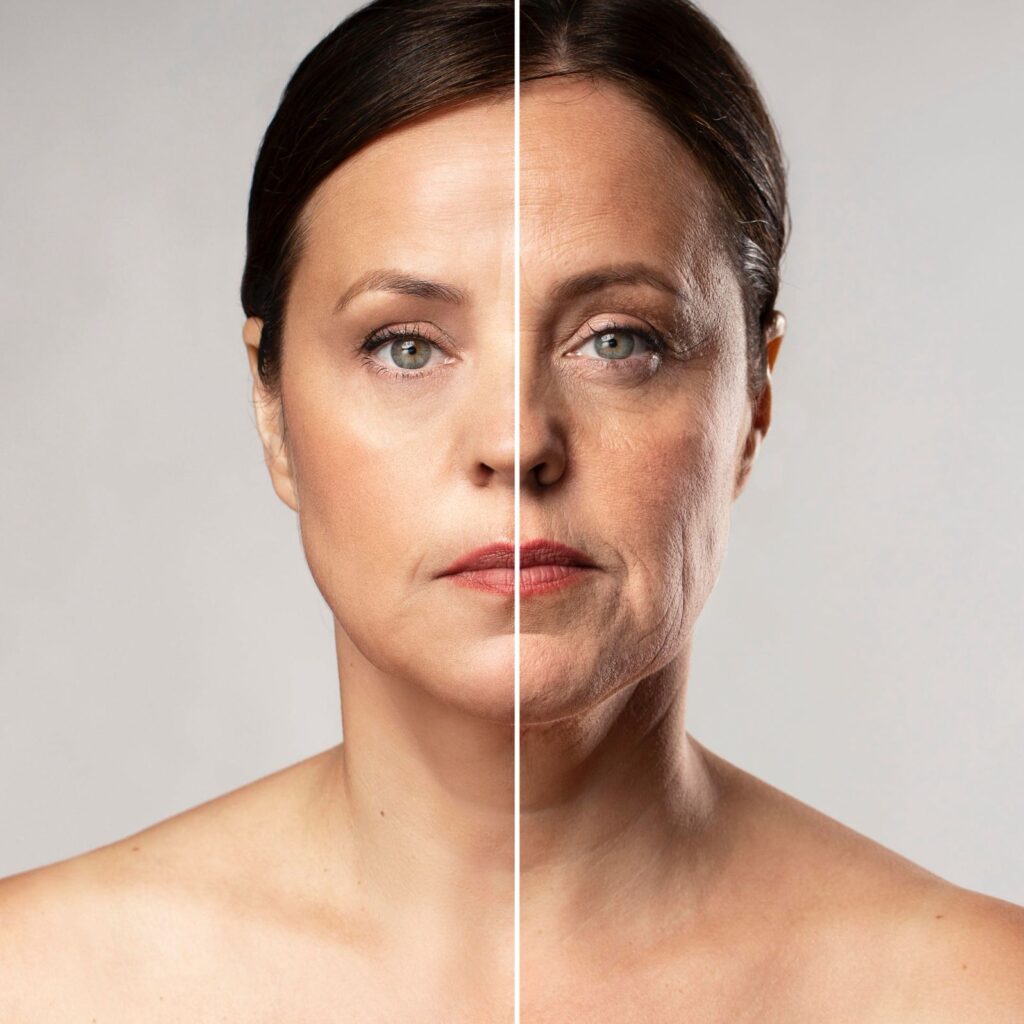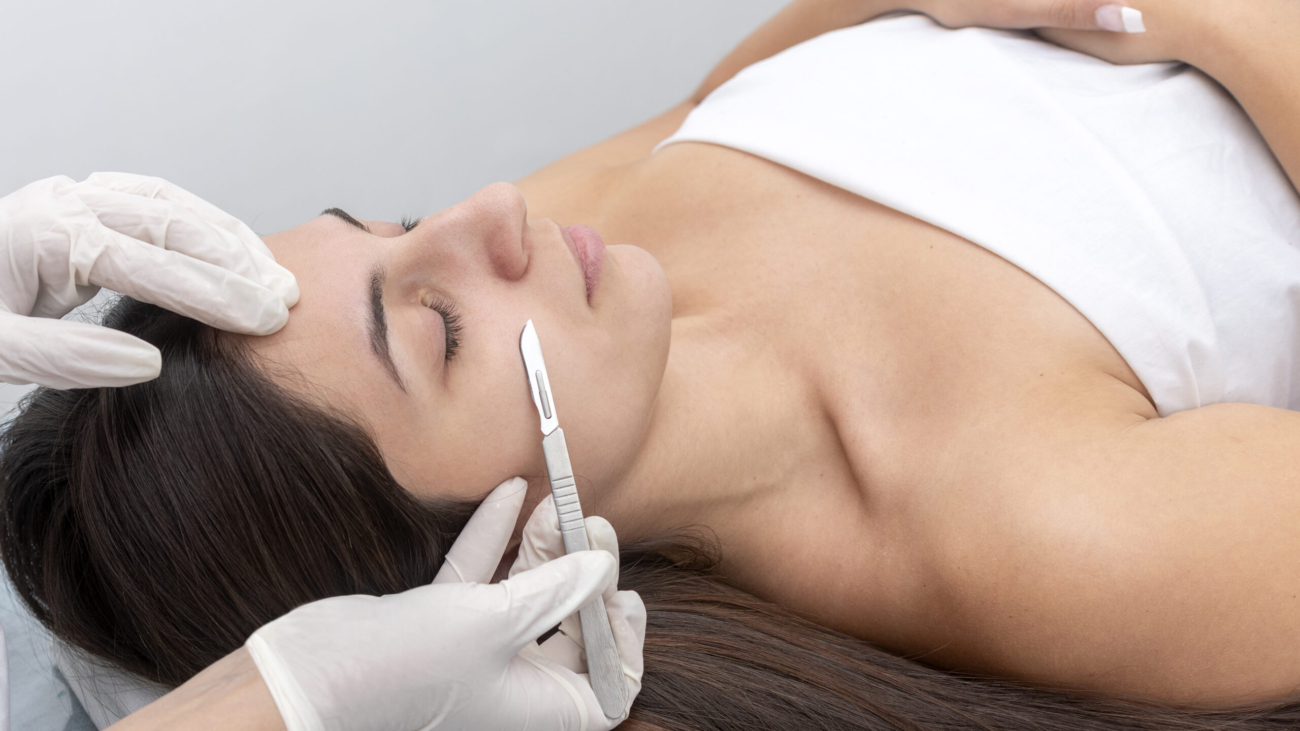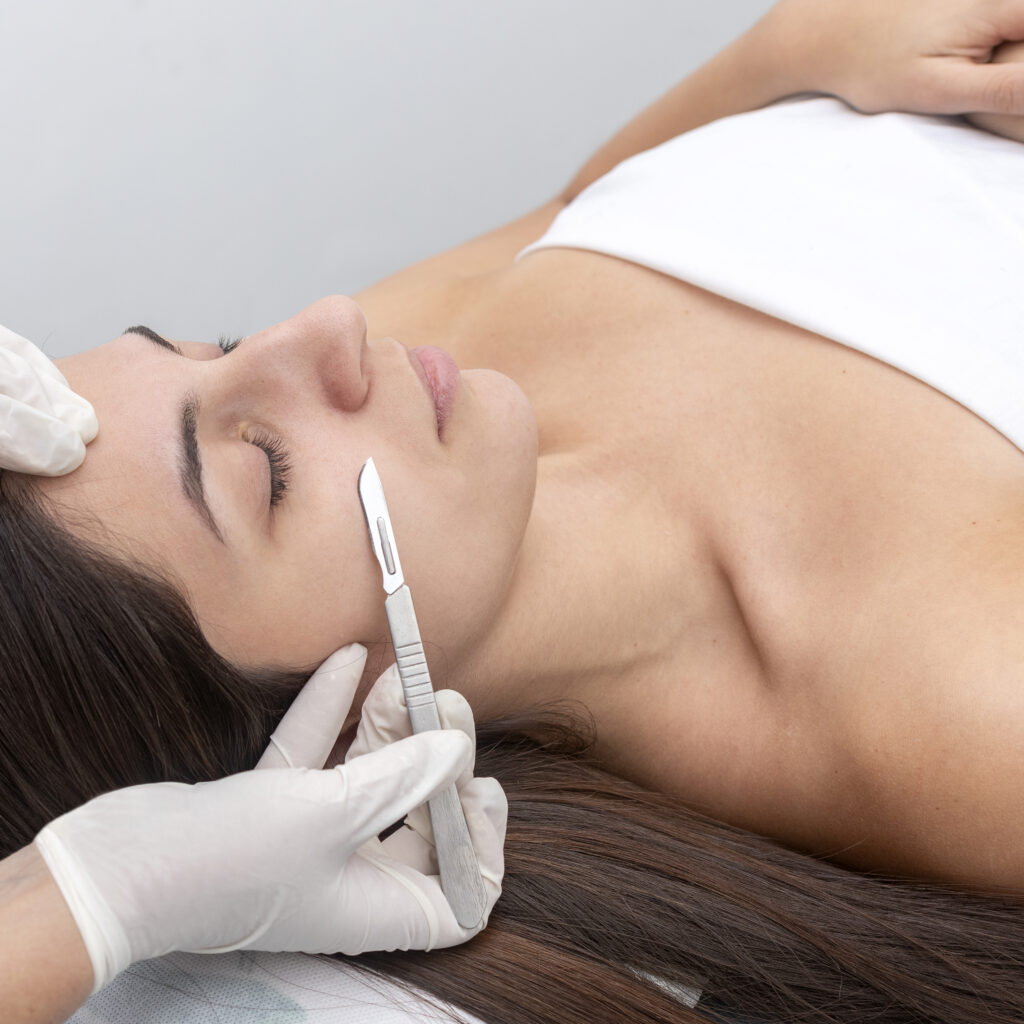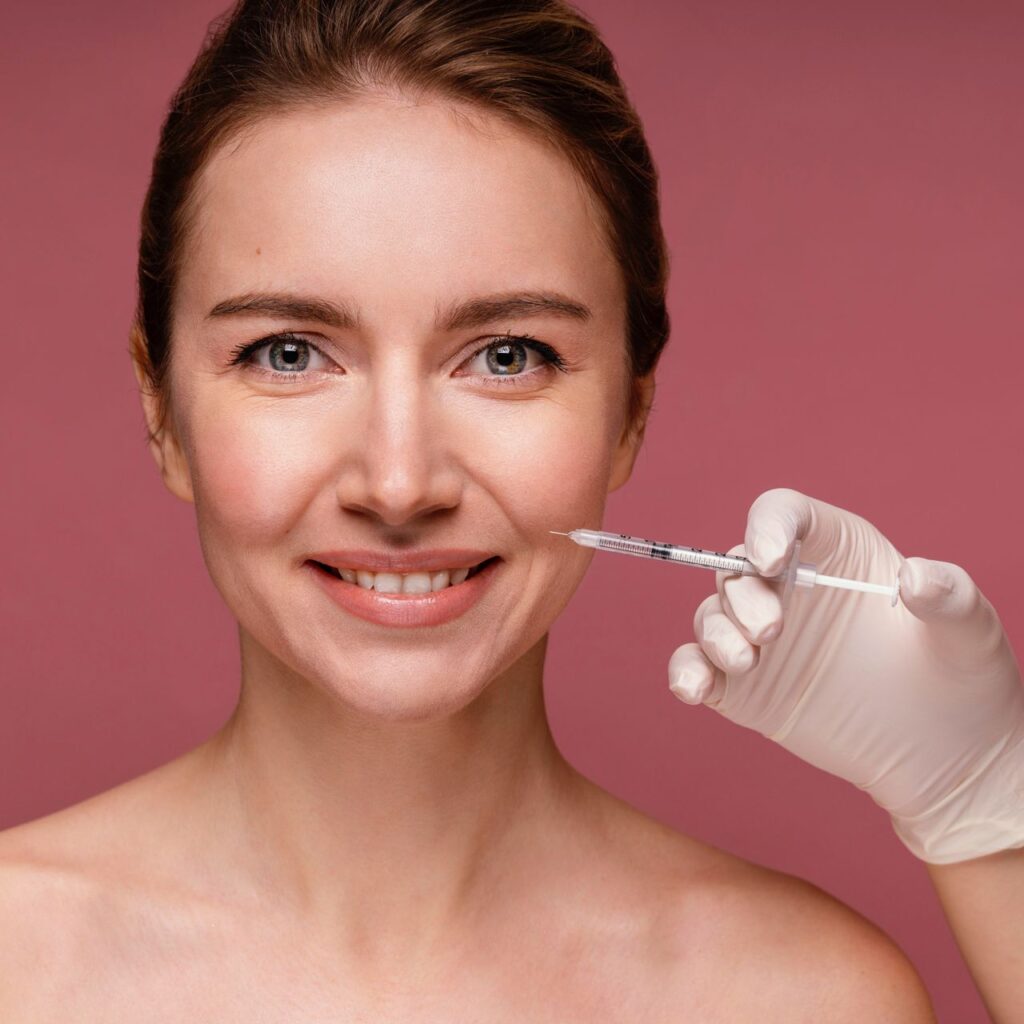
Time inevitably leaves its mark on our skin. While aging is a natural and unavoidable process, the impact of external factors on the skin’s appearance can sometimes become more noticeable than we’d like—especially when it comes to the face.
Thanks to the increasing availability of aesthetic treatments for skin revitalization and rejuvenation, we now have the ability to significantly minimize the visible effects of aging and ensure that our appearance reflects the youthful energy we feel on the inside—regardless of age.
More and more patients today are seeking subtle, natural-looking rejuvenation without dramatic or overly enhanced results. Instead of an instant ‘wow’ effect, there’s growing interest in treatments that regenerate the skin from within—gradually, naturally, and with long-lasting benefits. One of the most in-demand and effective treatments of this kind is Sculptra.
Sculptra is not just another filler. It is an innovative collagen biostimulator (FDA-approved and in global use since 1999) that stimulates the body’s own collagen production, helping to restore facial volume, elasticity, and a youthful fullness—without a stiff or overfilled appearance.
What Is a Sculptra Treatment?
Sculptra is an injectable treatment based on poly-L-lactic acid (PLLA)—a biocompatible, biodegradable substance that has been safely used in medical applications for decades. What makes it unique is its mechanism of action: unlike traditional fillers that instantly plump wrinkles, Sculptra works by stimulating the skin’s fibroblasts to produce new collagen naturally.
This treatment delivers gradual, progressive results—you won’t see a dramatic change overnight, but week after week, the skin becomes visibly firmer, smoother, and more radiant. Sculptra is an excellent choice for those seeking subtle yet powerful results that last.
How Does It Work?
When injected into the deeper layers of the skin, poly-L-lactic acid acts as a trigger for collagen regeneration. It initiates a mild, controlled inflammatory response that activates fibroblasts—the cells responsible for producing collagen and elastin. Over the course of several weeks to months, the skin becomes fuller, more elastic, and smoother.
Unlike traditional fillers, Sculptra doesn’t create artificial volume beneath the skin. Instead, it activates your body’s natural repair process. The result? Your face looks refreshed—not overfilled—as if you’ve had a great night’s sleep or returned from a rejuvenating vacation.
Which Areas Can Be Treated with Sculptra?
Sculptra is especially effective for treating:
- Cheeks that have lost volume
- Jawline definition and contouring
- Nasolabial folds and marionette lines
- Temples
- Area below the cheekbones
- Chin and jawline creases
In addition to facial rejuvenation, Sculptra is increasingly being used for non-surgical body treatments—including the décolletage, upper arms, knees, inner thighs, and for buttock lifting and firming.
What Does the Treatment Look Like?
The procedure begins with a personalized consultation, where your provider assesses your skin condition, goals, and the best treatment plan. The session typically takes 30 to 45 minutes.
Sculptra is injected using a fine cannula or needle, targeting specific areas of the mid-dermis, where it activates collagen production. The procedure is generally well-tolerated and may include the use of topical anesthetic to ensure maximum comfort.
After treatment, it’s recommended that you gently massage the treated areas for 5 minutes, 5 times a day for 5 days, to help distribute the product evenly and support optimal collagen stimulation. This step is key to achieving natural-looking, long-lasting results.
You will receive detailed aftercare instructions from our medical team. It’s important to avoid excessive sun exposure and wear SPF daily to protect your skin and support the effectiveness of the treatment.
When Do Results Appear – and How Long Do They Last
Unlike hyaluronic acid fillers that deliver immediate volume, Sculptra results develop gradually—typically becoming visible 4 to 6 weeks after the first session, with continued improvement over the following months.
Most patients require 2 to 3 treatment sessions spaced 4 to 6 weeks apart, depending on the initial condition of the skin and individual aesthetic goals.
What sets Sculptra apart is its longevity—results can last up to two years or longer, depending on factors like age, skin type, lifestyle, and the total number of sessions received. Over time, as the newly stimulated collagen naturally breaks down, results may slowly fade. However, many patients opt for annual maintenance treatments to preserve a refreshed and youthful appearance.
Results may vary from person to person, so it’s essential to consult with a qualified provider to determine the most effective treatment plan for your unique skin.
Who Is Sculptra Ideal For?
Sculptra is designed for individuals who are beginning to notice volume loss and decreased skin firmness, typically after the age of 30. It’s an excellent option for those who are looking for:
- Natural-looking rejuvenation without sudden or dramatic changes
- Collagen stimulation from within
- Long-lasting results that evolve gradually
- Prevention of further aging signs
It’s also a great choice for patients who prefer low-maintenance treatments, or for those who have previously tried dermal fillers but now seek a more subtle and regenerative approach.
Contraindications
Sculptra treatment is not recommended in cases of active skin infections, herpes outbreaks, or inflammation at the injection site, during pregnancy or breastfeeding, in individuals with autoimmune conditions or connective tissue disorders, or those with known allergies to any of the product’s ingredients.
This is why a consultation with a qualified specialist before the procedure is essential.
Are There Any Side Effects with Sculptra?
Most patients do not experience any serious side effects. Mild swelling, bruising, or redness at the injection sites may occur, but typically resolve within a few days. Following the recommended massage routine and post-treatment care instructions significantly reduces the risk of uneven product distribution and unwanted effects.
If you’re ready to restore a refreshed and firm look to your face in a discreet and long-lasting way, schedule a consultation at our clinic to find out if Sculptra is the right treatment for you.

